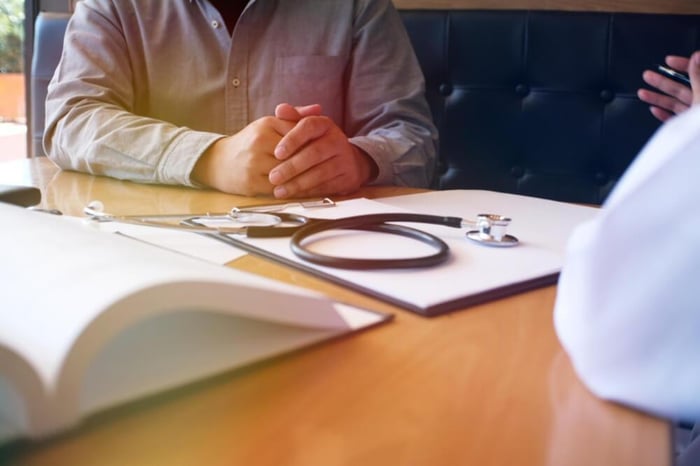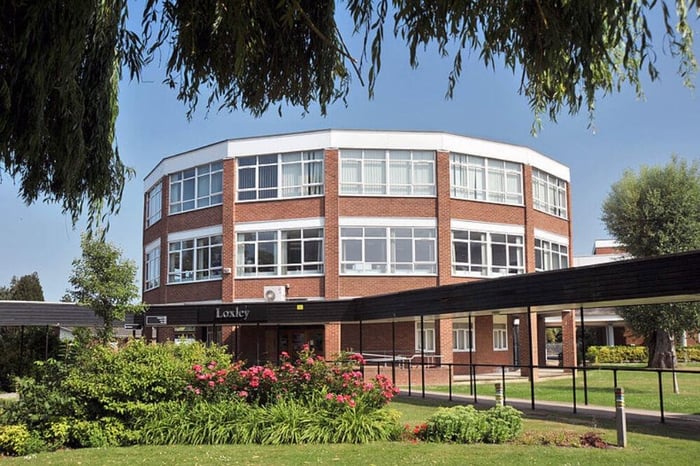
MMI Preparation: How to Approach the Picture Station
The multiple mini-interview format is a type of interview that differs from a panel interview in that it includes several stations that you rotate at, with interview questions at each that are entirely different from one another. While one minute you might be discussing the work experience that you have mentioned in your personal statement with an assessor, you could be asked ethical questions the next, and have to role-play with a simulated patient after that.

Sometimes the MMI circuit during a medicine interview includes a picture station, too. In that station, you will be given a picture and expected to be able to describe it as if you were describing it to someone who was not in the room next to you. This might be a task that is novel to you and you might be unsure on how to approach it, so continue reading below for our best tips on how to tackle such a task in your interview preparation.
How to structure your description
For example, if you were given a picture where you can see the Eiffel tower in the background, you can start your description with
“This is a landscape of Paris with the Eiffel tower visible in the background. The scene is happening during the day with a blue sky”
It is essential that you give the big picture first and set the general scene before you move onto details. Once you have done that you can describe the picture’s specifics and we recommend that you use a logical system to do that. For example, start describing the details from left to right and from top to bottom, mention what you can see in the centre.
Building upon our Paris example, you might see and thus describe something along the lines of
Comprehensiveness of answer
Once you have outlined all components in the picture given to you, from big to small, the next element that you will probably be scored on is the comprehensiveness of your answer and the level of detail you provided in your answer.
Did you discuss the different colours you saw, did you mention how many people were seen or what they were wearing? What type of buildings did you see? Were there any trees or flowers anywhere in the picture and was there anything outstanding about them that you could mention that would provide good enough detail for the picture to be fully comprehended?
These are all important things to look out for if you were given the task of describing a picture.

Accuracy of description
Another important component of the way you approached the station that you will be scored on is the accuracy and precision of your description. Did you get the number of people right? Were the colours you described, the style of buildings, and all other details you included accurate? Essentially, think would the person you were describing the picture to be able to imagine or reconstruct that picture to a sufficient amount of detail and is that detail going to be accurate?
When you consider the relevance of this skill, you see how crucial it is that you were successful in picking out all the important details and were able to draw an accurate representation of the picture in front of you.
This task could be easily practiced if you set up a mock interview with a friend. Have them take a pen and a piece of paper and describe a picture of your choice to them and ask them to draw what you are describing. Do this for a minute and then compare the original picture to the picture that your friend drew and analyse the similarities they share and the components that your friend’s recreation is lacking.
Spend a few minutes on feedback from your friend, who has now seen the original picture and can suggest what you could have done better in your explanation and what descriptive words would they have liked to hear that might have helped them paint a more accurate depiction of the picture.

Relevance to medicine/dentistry
You could be wondering, how is a picture station a good way of assessing your suitability for medicine and whether you have what it takes to be a successful medical student and subsequently a good doctor?
While not immediately obvious, and certainly not the conventional responsibilities we think of when we think of our expectations from doctors, the ability to describe and communicate a picture is an important skill when you begin your clinical practice, that is also outlined in the General Medical Council’s guidelines of doctors’ duties.
Consider all the referrals you will be asked to make, as well as all the X-rays and CTs you will have to order. Chances are that you will have to discuss those results with a senior doctor, who might not be in direct vicinity to you or will need out-of-hours advice, so you’d often have to phone them up.
Accurately describing the X-ray or CT scan to someone whose knowledge you’re seeking is of utmost importance for them to be able to understand what the problem is and to give you advice on how best to treat it and therefore correlates highly with the quality of care you will be able to provide.
We hope that these tips were helpful and you feel more confident in tackling the picture station task. The interview process when applying to med school can be challenging, so if you have any further questions, don’t hesitate to contact us at [email protected]. Good luck with your interviews!


